Home>Gardening & Outdoor>Landscaping Ideas>What Kills Johnson Grass
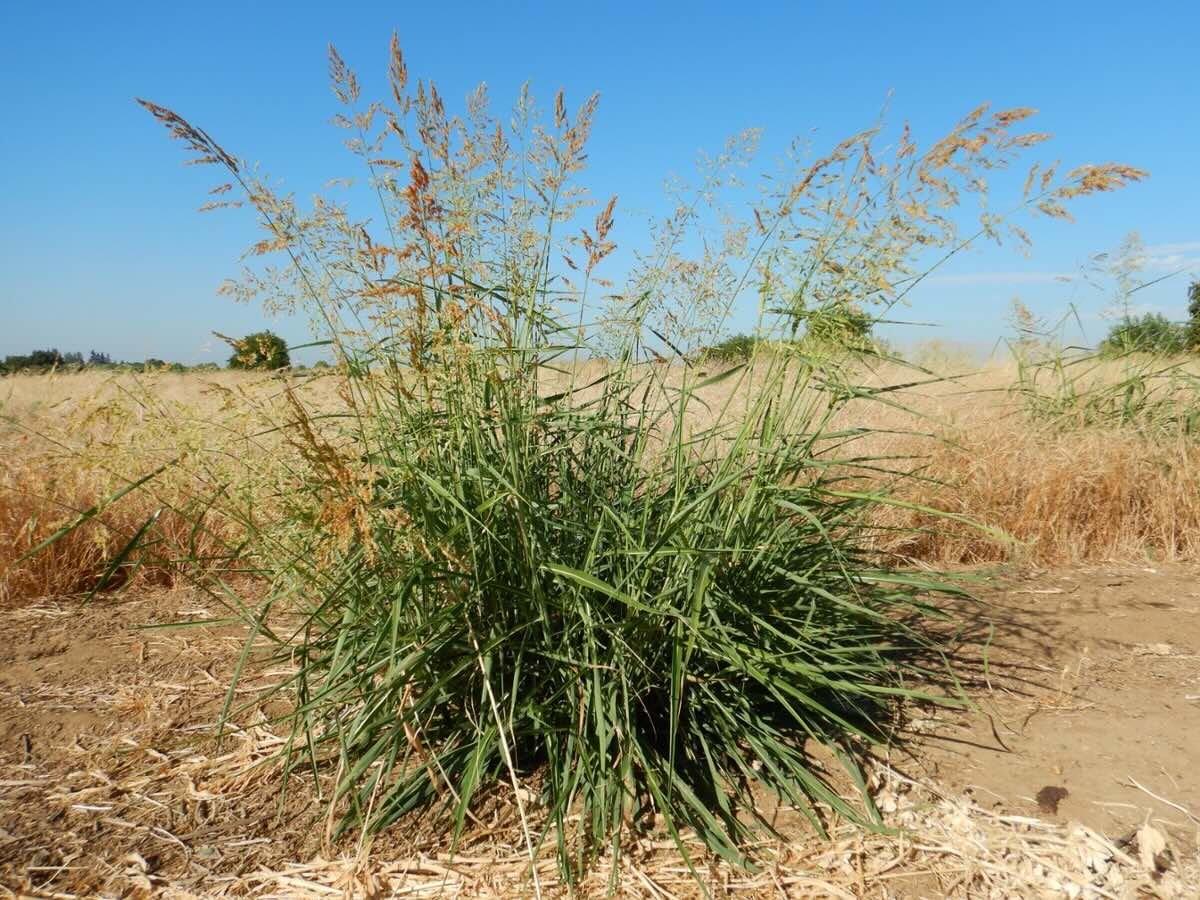

Landscaping Ideas
What Kills Johnson Grass
Modified: February 18, 2024
Discover effective landscaping ideas to eliminate Johnson grass and restore the beauty of your outdoor space. Learn how to tackle this invasive weed with our expert tips.
(Many of the links in this article redirect to a specific reviewed product. Your purchase of these products through affiliate links helps to generate commission for Storables.com, at no extra cost. Learn more)
Introduction
Johnson grass, scientifically known as Sorghum halepense, is a perennial grass that is native to the Mediterranean region. It was introduced to the United States in the 19th century as a forage crop and has since become a widespread and troublesome weed in many parts of the country. This invasive plant is known for its rapid growth, aggressive nature, and ability to outcompete native vegetation, making it a significant concern for farmers, gardeners, and land managers.
The resilience and tenacity of Johnson grass make it a formidable adversary in agricultural and natural settings. Its extensive root system allows it to thrive in a variety of soil types, from sandy to clayey, and it can tolerate both drought and flooding conditions. Furthermore, the plant's ability to spread through rhizomes and seeds enables it to quickly colonize new areas, making eradication efforts challenging.
Understanding the characteristics and growth habits of Johnson grass is crucial for developing effective control strategies. By gaining insight into the plant's life cycle, reproductive mechanisms, and environmental preferences, it becomes possible to identify the most suitable approaches for managing and suppressing its proliferation. This knowledge empowers landowners and environmental stewards to make informed decisions and take proactive measures to mitigate the impact of Johnson grass on agricultural productivity and ecological balance.
In the following sections, we will delve into the natural enemies of Johnson grass, explore chemical, mechanical, and cultural control methods, and discuss the integrated approach to managing this persistent weed. By examining a range of control strategies, we aim to provide comprehensive guidance for addressing the challenges posed by Johnson grass and restoring balance to affected ecosystems.
Key Takeaways:
- Johnson grass, a troublesome weed, can be managed using natural enemies, like insects and grazing animals, to restore balance in ecosystems and limit its growth.
- A combination of chemical, mechanical, and cultural control methods, along with collaboration and ecological principles, offers a holistic approach to effectively manage and restore balance in areas affected by Johnson grass infestations.
Read more: What Will Kill Johnson Grass
Understanding Johnson Grass
Johnson grass, scientifically known as Sorghum halepense, is a perennial grass species that belongs to the Poaceae family. It is characterized by its tall stature, reaching heights of up to 8 feet, and its robust, cane-like stems. The plant's leaves are long, narrow, and typically have a prominent midrib, while its inflorescences form large, feathery seed heads. Johnson grass is known for its rapid growth and prolific seed production, which contributes to its ability to colonize and dominate diverse habitats.
One of the key factors contributing to the resilience of Johnson grass is its extensive and interconnected rhizome system. These underground stems enable the plant to spread laterally, forming dense networks that give rise to new shoots and facilitate vegetative reproduction. This aggressive growth habit allows Johnson grass to quickly establish itself in a variety of environments, from agricultural fields and pastures to roadsides and disturbed areas.
In addition to its vigorous vegetative growth, Johnson grass produces seeds that are dispersed by wind, water, and human activities. The seeds are capable of remaining viable in the soil for several years, contributing to the persistence of the plant in areas where it has been previously eradicated. Furthermore, the plant's ability to thrive in a wide range of soil types, from sandy loam to heavy clay, and its tolerance of both drought and waterlogged conditions make it a formidable competitor in diverse ecological settings.
Understanding the life cycle and reproductive mechanisms of Johnson grass is essential for developing effective control strategies. By recognizing the plant's capacity for rapid vegetative spread and prolific seed production, land managers can implement targeted measures to limit its establishment and spread. Furthermore, gaining insight into the environmental conditions that favor the growth of Johnson grass enables stakeholders to adopt proactive approaches to mitigate its impact on agricultural productivity and ecological integrity.
In summary, Johnson grass poses a significant challenge due to its aggressive growth, extensive rhizome system, and prolific seed production. By comprehensively understanding the characteristics and growth habits of this invasive grass, landowners and environmental stewards can devise informed and strategic approaches to manage its proliferation and minimize its detrimental effects on natural and agricultural landscapes.
Natural Enemies of Johnson Grass
Natural enemies play a crucial role in regulating the population and growth of Johnson grass, contributing to the natural balance within ecosystems. While Johnson grass exhibits robust growth and reproductive capabilities, it is subject to predation, herbivory, and competition from a variety of organisms that help to suppress its proliferation.
One of the primary natural enemies of Johnson grass is the Johnson grass beetle (Zygogramma bicolorata). This beetle species is recognized for its ability to feed on the leaves of Johnson grass, exerting herbivorous pressure that can limit the plant's vigor and reproductive capacity. By consuming foliage and affecting the photosynthetic capacity of the grass, the Johnson grass beetle contributes to reducing the overall fitness of the plant, thereby impeding its expansion in natural and agricultural settings.
In addition to insect herbivores, certain mammalian herbivores also play a role in controlling Johnson grass populations. Grazing animals such as cattle, goats, and deer may consume Johnson grass as part of their diet, particularly in areas where it is abundant. The selective feeding behavior of these herbivores can exert pressure on the plant, potentially reducing its competitive advantage and allowing other vegetation to thrive in the ecosystem.
Furthermore, the presence of competitive plant species can act as natural enemies of Johnson grass. Native grasses, forbs, and shrubs that are well-adapted to the local environment can outcompete Johnson grass for resources such as light, water, and nutrients. By establishing diverse and resilient plant communities, land managers can promote ecological resilience and limit the dominance of Johnson grass in natural habitats.
Overall, the interplay between herbivorous insects, grazing mammals, and competitive plant species contributes to the natural regulation of Johnson grass populations. By leveraging the ecological interactions between the invasive grass and its natural enemies, land managers can work towards restoring balance and biodiversity in affected ecosystems.
Chemical Control Methods
Chemical control methods offer an effective means of managing Johnson grass infestations, particularly in agricultural and non-crop settings where targeted intervention is necessary. Herbicides are commonly employed to suppress the growth and spread of Johnson grass, providing a valuable tool for land managers and farmers seeking to mitigate the impact of this invasive weed.
Selective herbicides that specifically target grass species while sparing broadleaf plants are often utilized to combat Johnson grass. These herbicides contain active ingredients such as fluazifop, sethoxydim, and clethodim, which disrupt the growth and development of grassy weeds without harming desirable vegetation. By selectively targeting Johnson grass, these herbicides enable the suppression of the invasive species while preserving the integrity of cultivated crops and native plant communities.
Non-selective herbicides, such as glyphosate, are also employed to control Johnson grass in areas where broad-spectrum eradication is necessary. These herbicides are effective at eliminating a wide range of plant species and are commonly used in non-crop areas, along fence lines, and in industrial sites where the complete removal of vegetation, including Johnson grass, is required.
The timing of herbicide application is a critical consideration in chemical control strategies. Early-season treatments, when Johnson grass is actively growing and vulnerable, can enhance the efficacy of herbicides. Additionally, repeated applications may be necessary to address regrowth and new seedlings, particularly in persistent infestations.
It is important to note that the use of herbicides for Johnson grass control requires careful consideration of environmental impact and adherence to regulatory guidelines. Applicators must follow label instructions, employ proper application techniques, and consider factors such as weather conditions and proximity to sensitive areas to minimize unintended effects on non-target organisms and ecosystems.
In summary, chemical control methods, including selective and non-selective herbicides, offer effective means of managing Johnson grass infestations. When used judiciously and in accordance with best practices, herbicides can play a valuable role in suppressing the growth and spread of this invasive weed, contributing to the restoration of agricultural productivity and ecological balance.
Regular mowing can help control Johnson grass by preventing it from producing seeds and spreading. Be sure to mow before the seeds mature.
Mechanical Control Methods
Mechanical control methods offer practical and environmentally friendly approaches to managing Johnson grass infestations, particularly in areas where chemical intervention may not be feasible or desirable. These methods involve physical techniques aimed at disrupting the growth, reproduction, and spread of the invasive grass, thereby reducing its impact on agricultural productivity and natural ecosystems.
One of the primary mechanical control methods for Johnson grass is mowing or cutting. Regular mowing at appropriate heights can help weaken the vigor of the grass, limit seed production, and prevent the formation of new rhizomes. By consistently removing the aboveground biomass, land managers can impede the growth and spread of Johnson grass, gradually depleting its energy reserves and inhibiting its ability to dominate the landscape.
In addition to mowing, tillage can be employed as a mechanical control method for Johnson grass. By disturbing the soil and disrupting the rhizome network, tillage can effectively reduce the viability of Johnson grass rhizomes and impede their ability to generate new shoots. However, it is important to note that excessive or improper tillage practices can lead to soil erosion and disturbance of beneficial soil organisms, necessitating careful consideration of the timing and intensity of tillage operations.
Another mechanical approach to controlling Johnson grass is hand-pulling or digging. In smaller-scale infestations or in areas where the use of machinery is impractical, manual removal of Johnson grass can be an effective strategy. By carefully extracting the rhizomes and ensuring complete removal of plant material, land managers can gradually reduce the density of Johnson grass populations and prevent its further spread.
Furthermore, the use of smothering materials, such as heavy mulches or geotextile fabrics, can serve as a mechanical control method for Johnson grass. These materials can be applied to suppress the growth of the invasive grass by blocking sunlight and impeding its ability to photosynthesize. When properly implemented, smothering techniques can contribute to the gradual decline of Johnson grass populations, particularly in areas where other control methods may not be feasible.
In summary, mechanical control methods, including mowing, tillage, hand-pulling, and smothering, offer practical and sustainable approaches to managing Johnson grass infestations. By leveraging physical techniques to disrupt the growth and spread of the invasive grass, land managers can work towards mitigating its impact and restoring balance to affected agricultural and natural landscapes.
Read more: What Chemical Kills Johnson Grass
Cultural Control Methods
Cultural control methods for managing Johnson grass focus on altering agricultural practices and land management techniques to limit the establishment and spread of this invasive weed. By leveraging cultural approaches, land managers can create conditions that are less favorable for the growth and proliferation of Johnson grass, thereby reducing its impact on agricultural productivity and ecological balance.
One of the fundamental cultural control methods for Johnson grass involves promoting competitive crops and vegetation that can outcompete and suppress the growth of the invasive grass. Selecting and cultivating vigorous, well-adapted crops and cover crops can help create a dense canopy that shades out Johnson grass, limiting its access to sunlight and impeding its growth. Additionally, establishing diverse and resilient plant communities can enhance ecological resilience and reduce the vulnerability of agricultural landscapes to invasive species.
Crop rotation is another cultural strategy that can contribute to Johnson grass management. By implementing diverse crop rotations, land managers can disrupt the life cycle of the invasive grass and prevent its continuous buildup in agricultural fields. Rotating crops with different growth habits and management requirements can help create unfavorable conditions for Johnson grass, reducing its ability to establish persistent populations and dominate the agroecosystem.
Furthermore, adjusting planting dates and practices can play a role in cultural control of Johnson grass. By optimizing planting schedules and employing timely cultivation techniques, land managers can minimize the window of opportunity for Johnson grass establishment and growth. Strategic management of planting density and spacing can also contribute to shading out the invasive grass and limiting its competitive advantage in agricultural settings.
Incorporating soil fertility management practices can also influence the growth and vigor of Johnson grass. Balancing soil nutrients, pH levels, and organic matter content can promote the health and resilience of desired crops while creating less favorable conditions for the invasive grass. By optimizing soil fertility, land managers can create an environment that is conducive to the growth of preferred vegetation, reducing the opportunities for Johnson grass to proliferate.
In summary, cultural control methods offer valuable strategies for managing Johnson grass infestations by leveraging agricultural practices and land management techniques. By promoting competitive crops, implementing diverse crop rotations, adjusting planting practices, and optimizing soil fertility, land managers can work towards creating conditions that limit the establishment and spread of Johnson grass, contributing to the restoration of agricultural productivity and ecological balance.
Integrated Control Approach
The integrated control approach represents a comprehensive and strategic method for managing Johnson grass infestations by combining multiple control strategies to achieve synergistic and sustainable outcomes. This approach recognizes the complexity of invasive weed management and emphasizes the importance of integrating chemical, mechanical, and cultural control methods, as well as leveraging ecological principles and stakeholder collaboration to address the challenges posed by Johnson grass.
By integrating chemical control methods, such as selective herbicide applications, with mechanical approaches, such as mowing and tillage, land managers can effectively target the growth and spread of Johnson grass at different stages of its life cycle. Selective herbicides can be utilized to suppress the vigor of the invasive grass in agricultural fields, while mechanical methods, such as tillage, can disrupt the rhizome network and prevent the establishment of new shoots. This combined approach enhances the overall efficacy of control efforts and reduces the reliance on a single control method, thereby minimizing the risk of herbicide resistance and promoting long-term management success.
Incorporating cultural control methods into the integrated approach further enhances its effectiveness. By promoting competitive crops, implementing diverse crop rotations, and optimizing planting practices, land managers can create conditions that limit the establishment and proliferation of Johnson grass while promoting the resilience of desired vegetation. This cultural component contributes to the sustainable management of Johnson grass by fostering agroecosystems that are less susceptible to invasive weed dominance and more resilient to ecological disturbances.
Furthermore, the integrated control approach embraces ecological principles by leveraging natural enemies and competitive plant species to complement control efforts. By promoting the presence of Johnson grass beetles, encouraging grazing by herbivores, and establishing diverse plant communities, land managers can harness ecological interactions to regulate the population and growth of the invasive grass. This ecological perspective aligns with sustainable and holistic approaches to weed management, emphasizing the importance of biodiversity and ecosystem resilience in mitigating the impact of invasive species.
Collaboration and knowledge sharing among stakeholders, including farmers, land managers, researchers, and extension services, are integral to the success of the integrated control approach. By fostering partnerships and disseminating best practices, innovative strategies, and research findings, the integrated approach can be effectively implemented across diverse landscapes, contributing to the collective effort to manage Johnson grass infestations and restore balance to affected ecosystems.
In summary, the integrated control approach represents a holistic and strategic framework for managing Johnson grass infestations by integrating chemical, mechanical, and cultural control methods, leveraging ecological principles, and fostering collaboration among stakeholders. By combining diverse control strategies and embracing ecological resilience, the integrated approach offers a sustainable and effective means of addressing the challenges posed by Johnson grass and promoting the restoration of agricultural productivity and ecological balance.
Conclusion
In conclusion, the management of Johnson grass infestations requires a multifaceted and strategic approach that encompasses chemical, mechanical, and cultural control methods, as well as the integration of ecological principles and stakeholder collaboration. By understanding the characteristics and growth habits of Johnson grass, land managers and environmental stewards can devise informed and proactive strategies to mitigate its impact on agricultural productivity and ecological balance.
The natural enemies of Johnson grass, including herbivorous insects, grazing mammals, and competitive plant species, play a crucial role in regulating its population and growth, contributing to the natural balance within ecosystems. Leveraging the ecological interactions between the invasive grass and its natural enemies can aid in restoring balance and biodiversity in affected ecosystems.
Chemical control methods, such as selective and non-selective herbicides, offer effective means of managing Johnson grass infestations, providing valuable tools for suppressing the growth and spread of this invasive weed. When used judiciously and in accordance with best practices, herbicides can play a valuable role in restoring agricultural productivity and ecological balance.
Mechanical control methods, including mowing, tillage, hand-pulling, and smothering, offer practical and sustainable approaches to managing Johnson grass infestations. By leveraging physical techniques to disrupt the growth and spread of the invasive grass, land managers can work towards mitigating its impact and restoring balance to affected agricultural and natural landscapes.
Cultural control methods, such as promoting competitive crops, implementing diverse crop rotations, adjusting planting practices, and optimizing soil fertility, offer valuable strategies for managing Johnson grass infestations by leveraging agricultural practices and land management techniques. By creating conditions that limit the establishment and spread of Johnson grass, cultural control methods contribute to the restoration of agricultural productivity and ecological balance.
The integrated control approach represents a comprehensive and strategic method for managing Johnson grass infestations by combining multiple control strategies to achieve synergistic and sustainable outcomes. By integrating chemical, mechanical, and cultural control methods, as well as leveraging ecological principles and stakeholder collaboration, the integrated approach offers a holistic and effective means of addressing the challenges posed by Johnson grass and promoting the restoration of agricultural productivity and ecological balance.
In essence, the management of Johnson grass infestations demands a proactive and integrated approach that recognizes the complexity of invasive weed control and embraces diverse strategies to restore balance and resilience to affected ecosystems. By implementing a combination of control methods and fostering collaboration among stakeholders, land managers can work towards mitigating the impact of Johnson grass and promoting the sustainable management of agricultural landscapes and natural habitats.
Frequently Asked Questions about What Kills Johnson Grass
Was this page helpful?
At Storables.com, we guarantee accurate and reliable information. Our content, validated by Expert Board Contributors, is crafted following stringent Editorial Policies. We're committed to providing you with well-researched, expert-backed insights for all your informational needs.
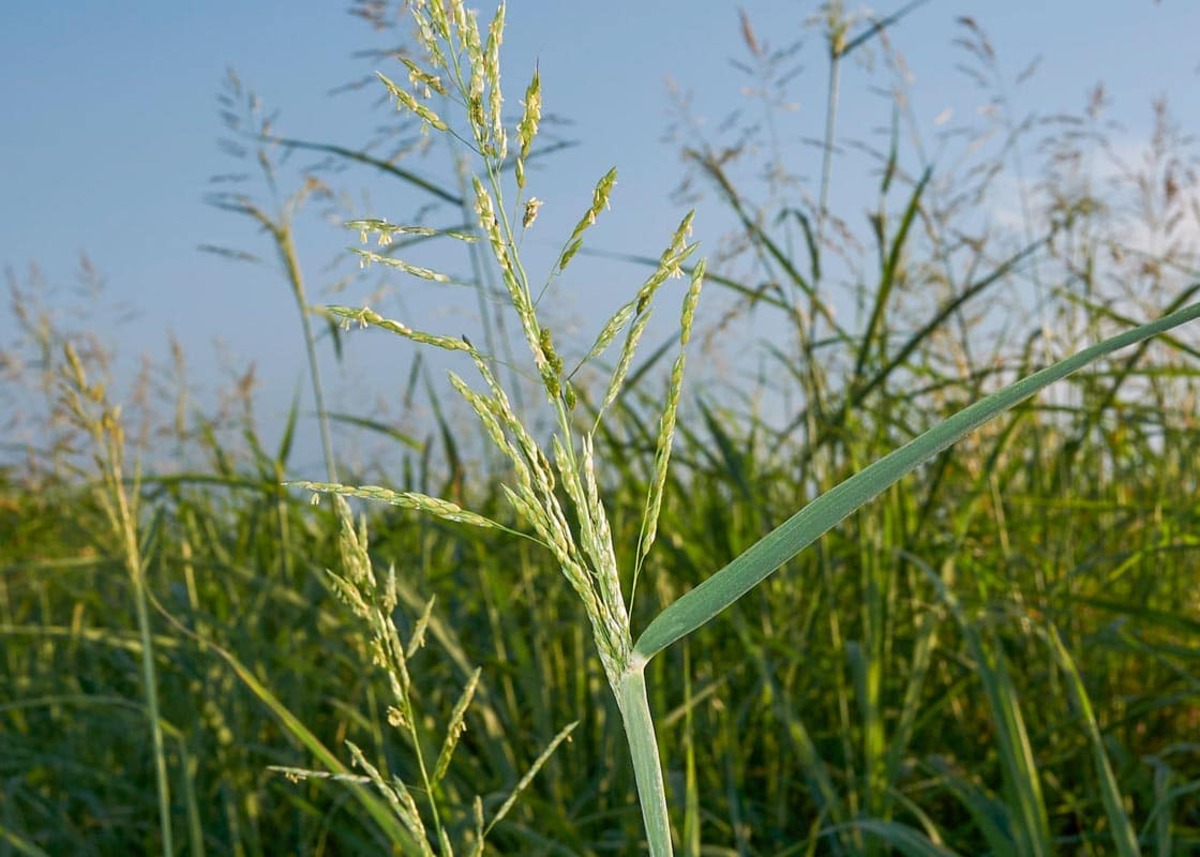
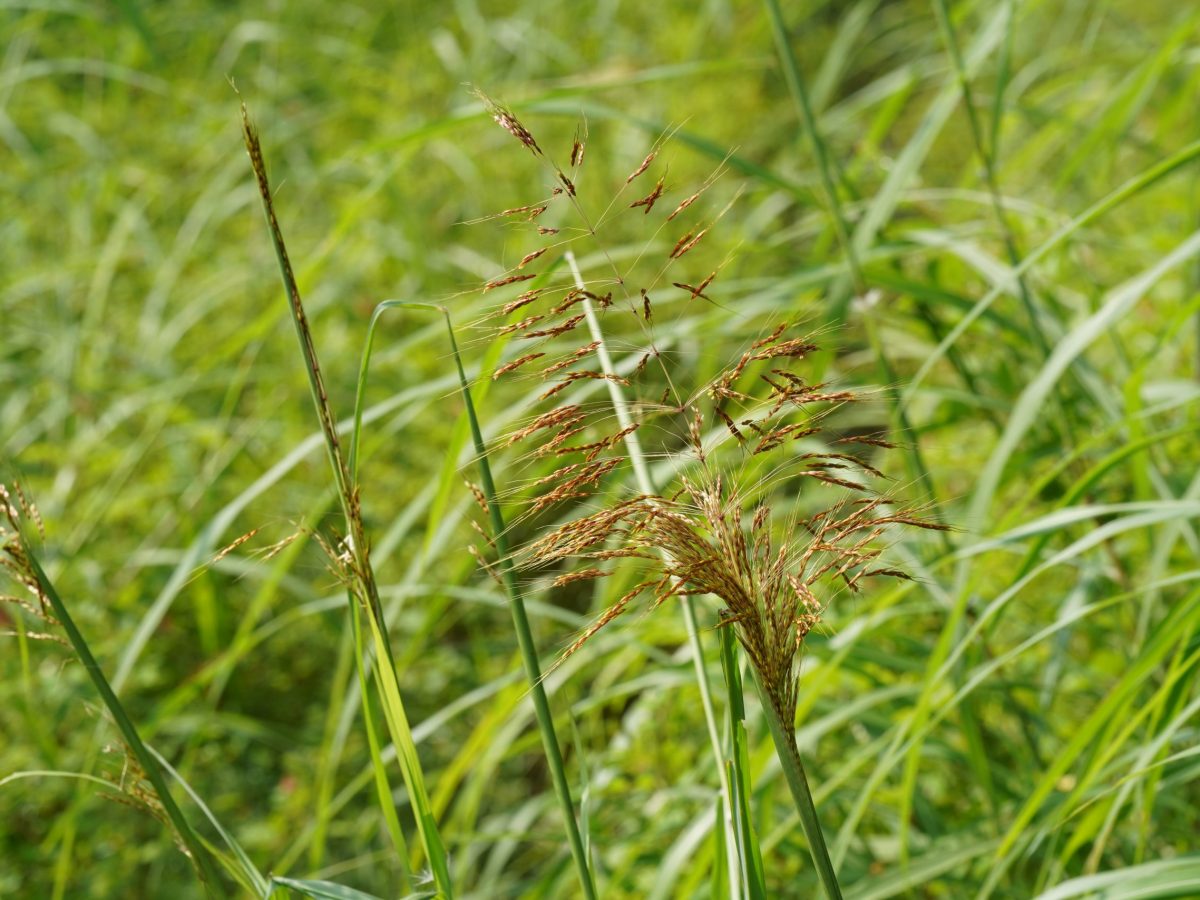
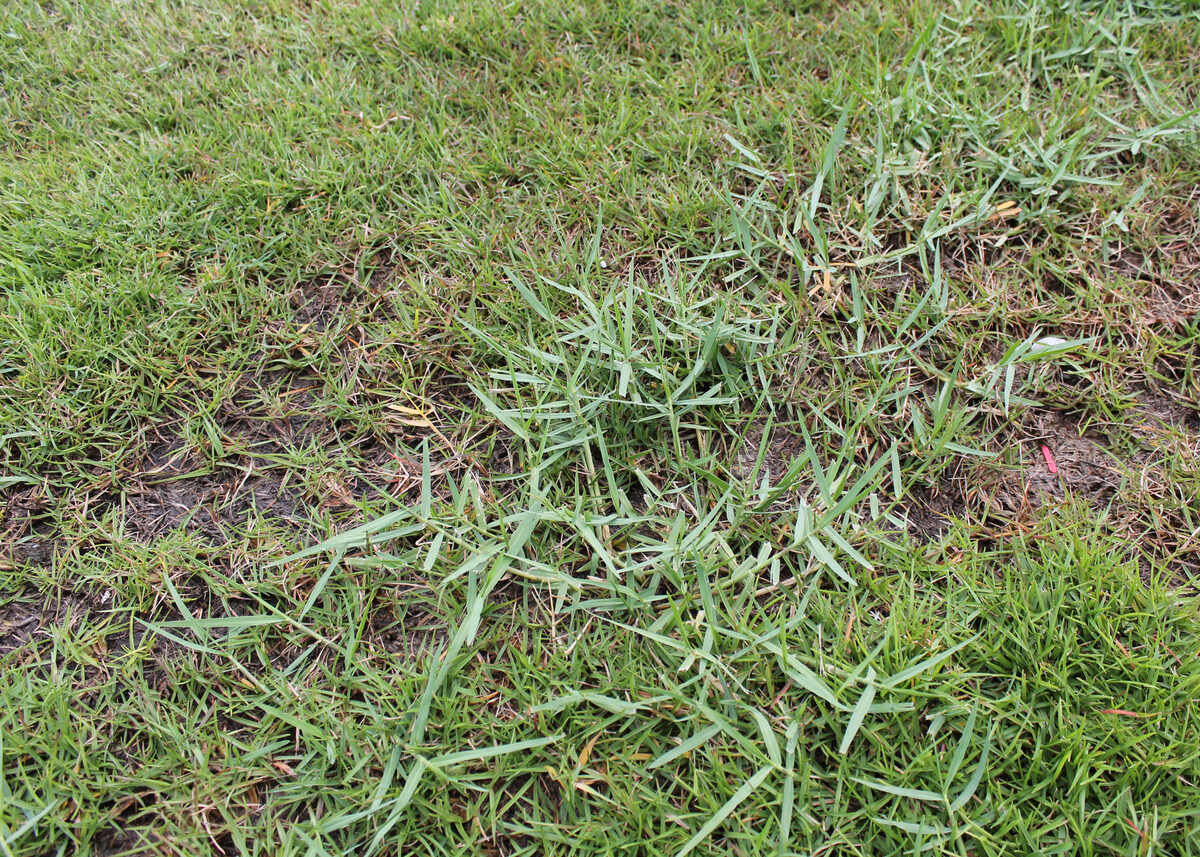
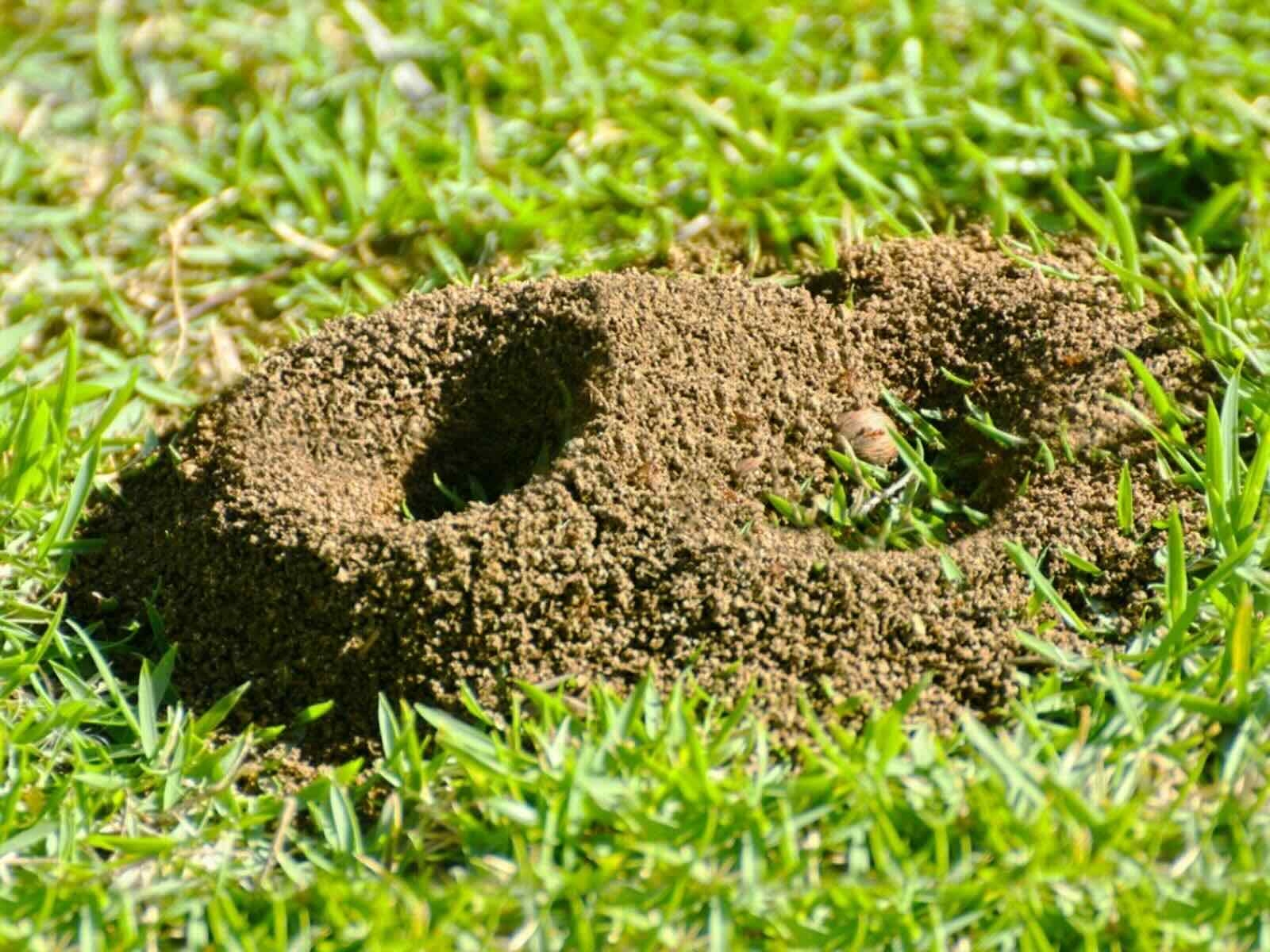
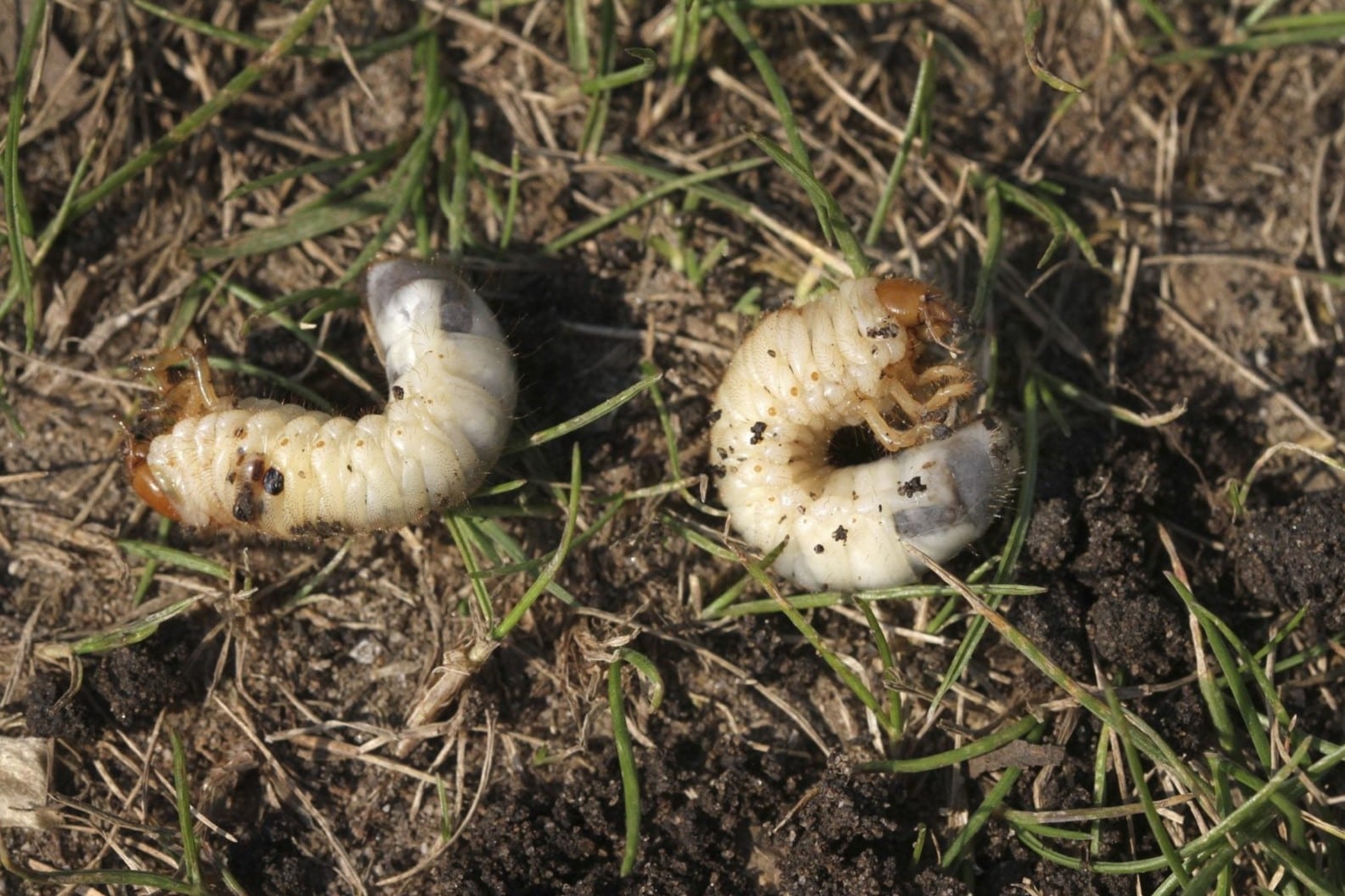
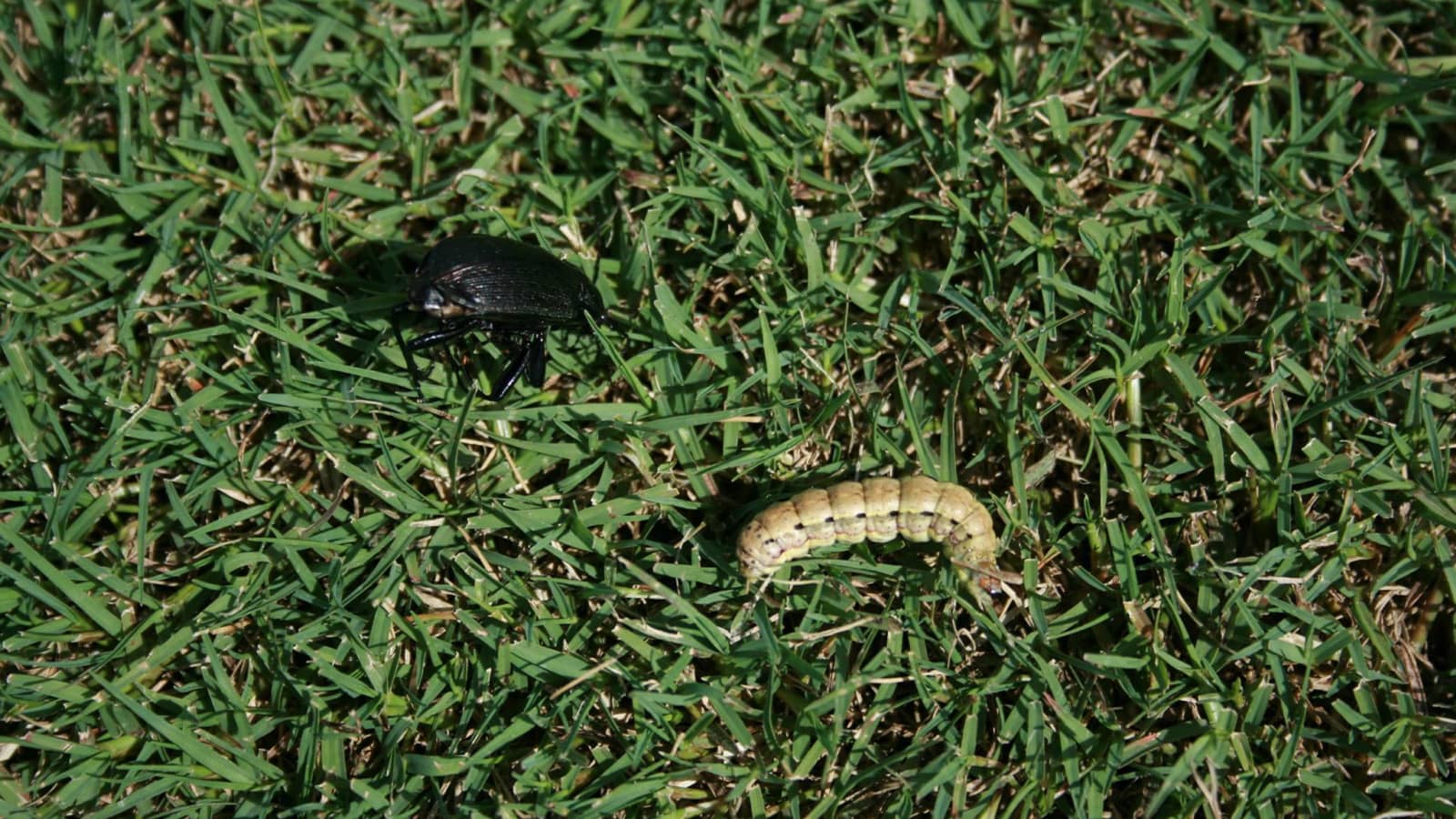
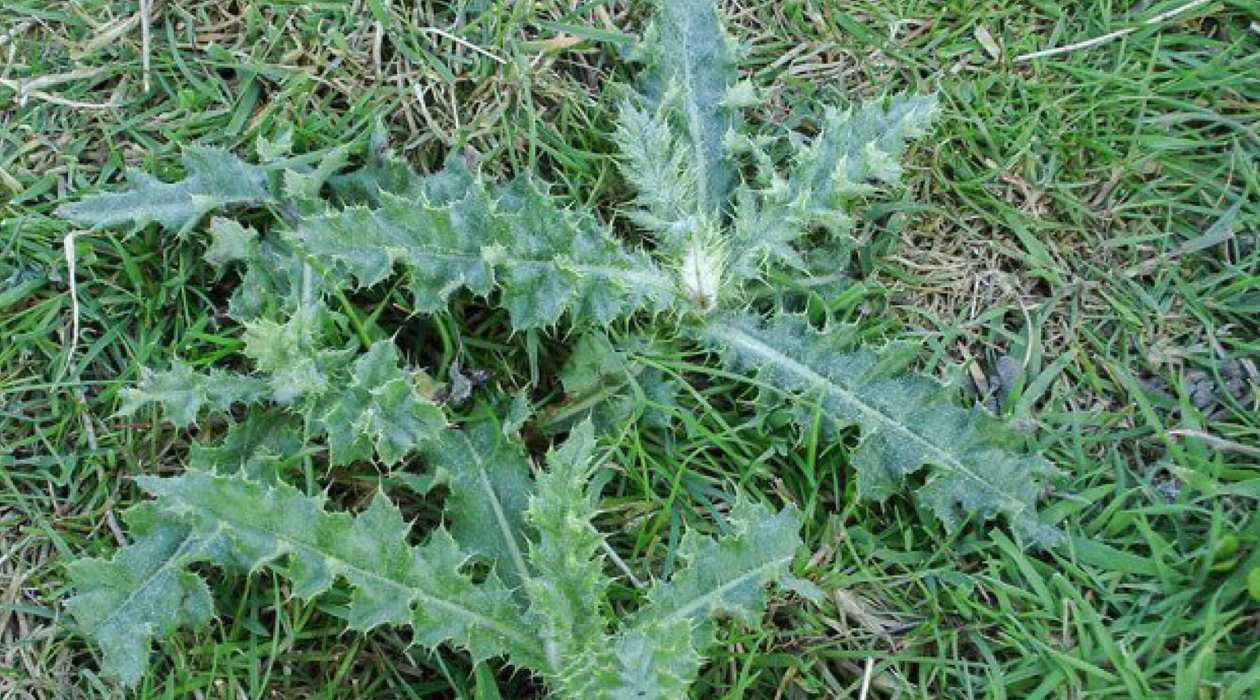
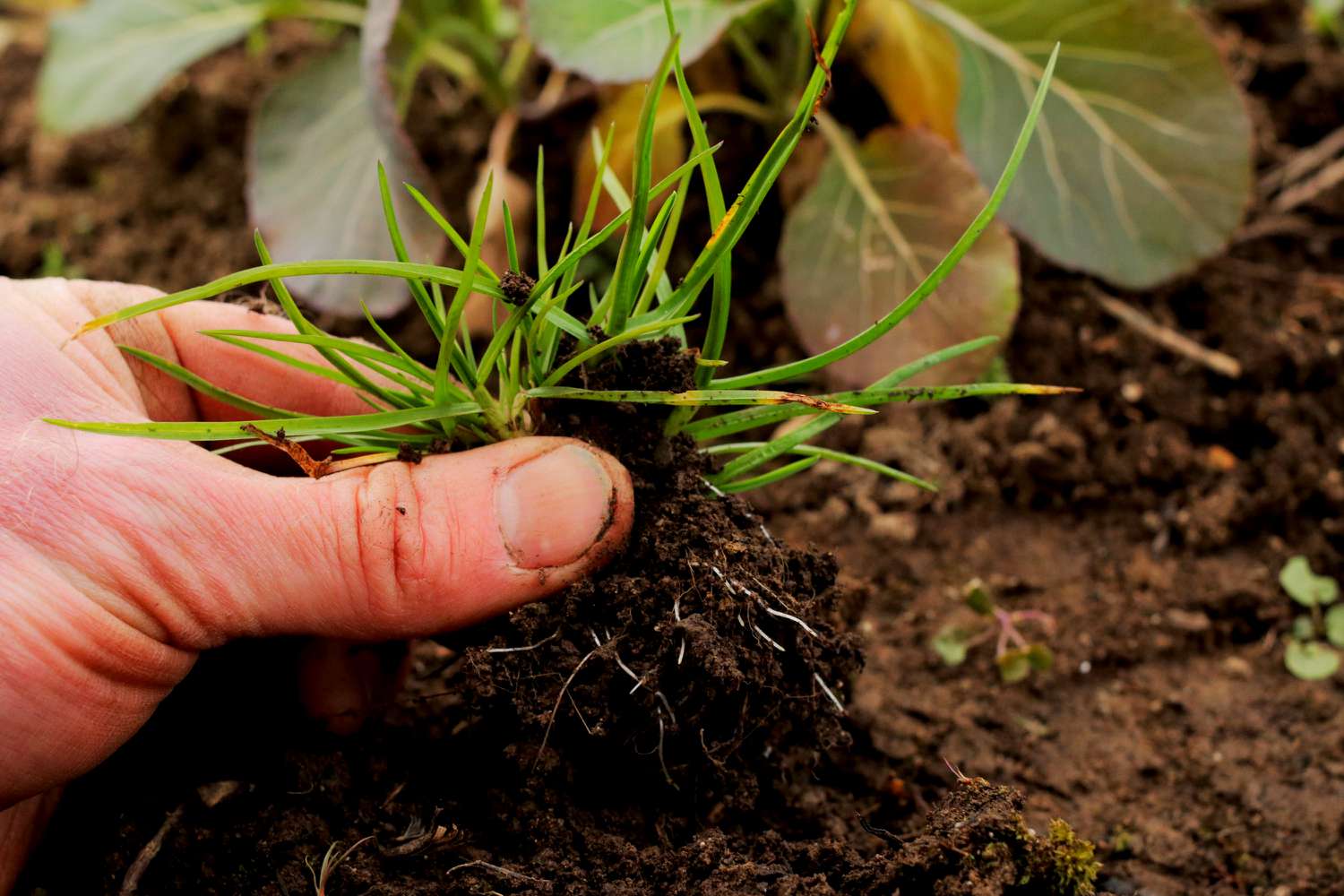
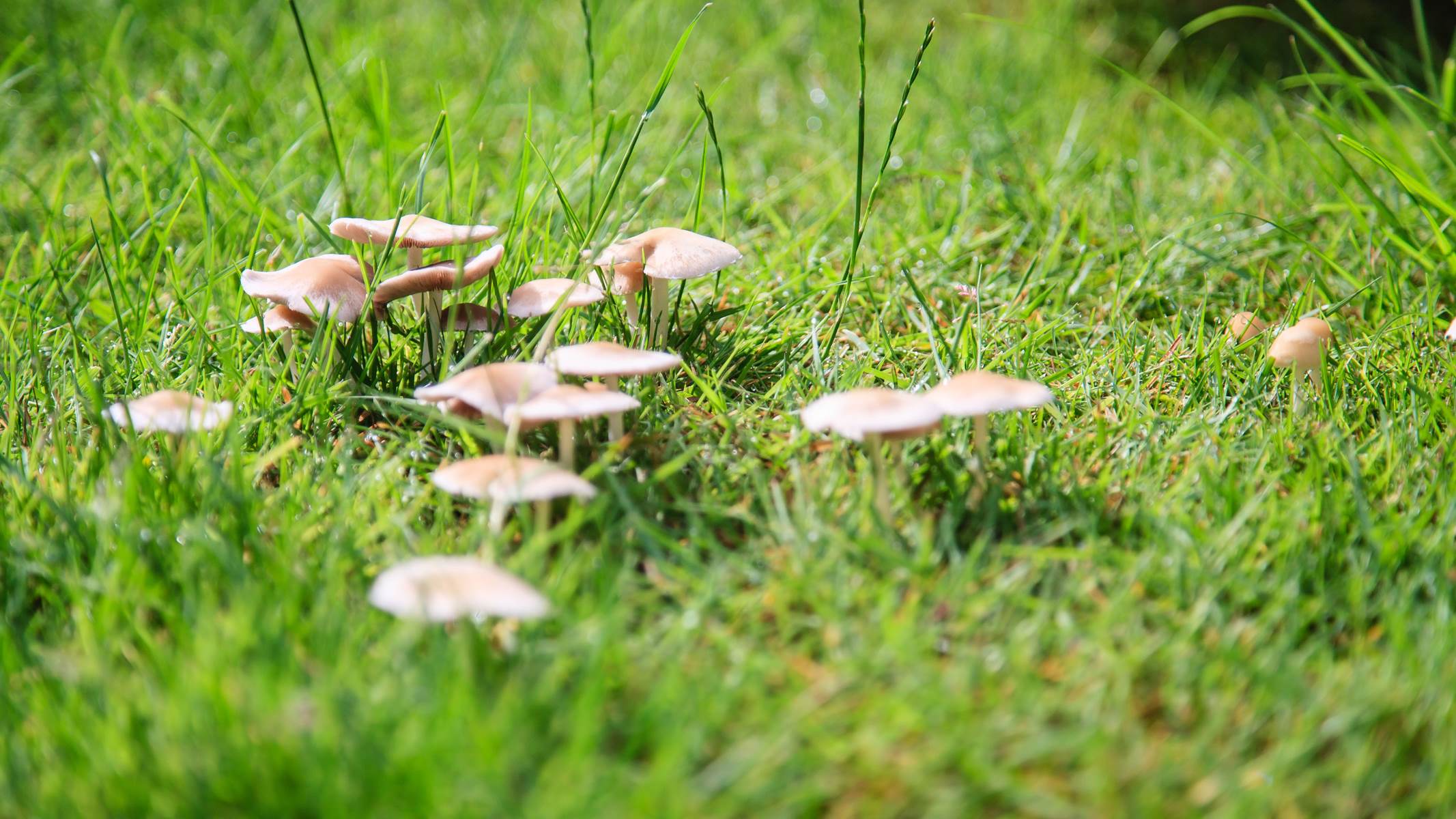
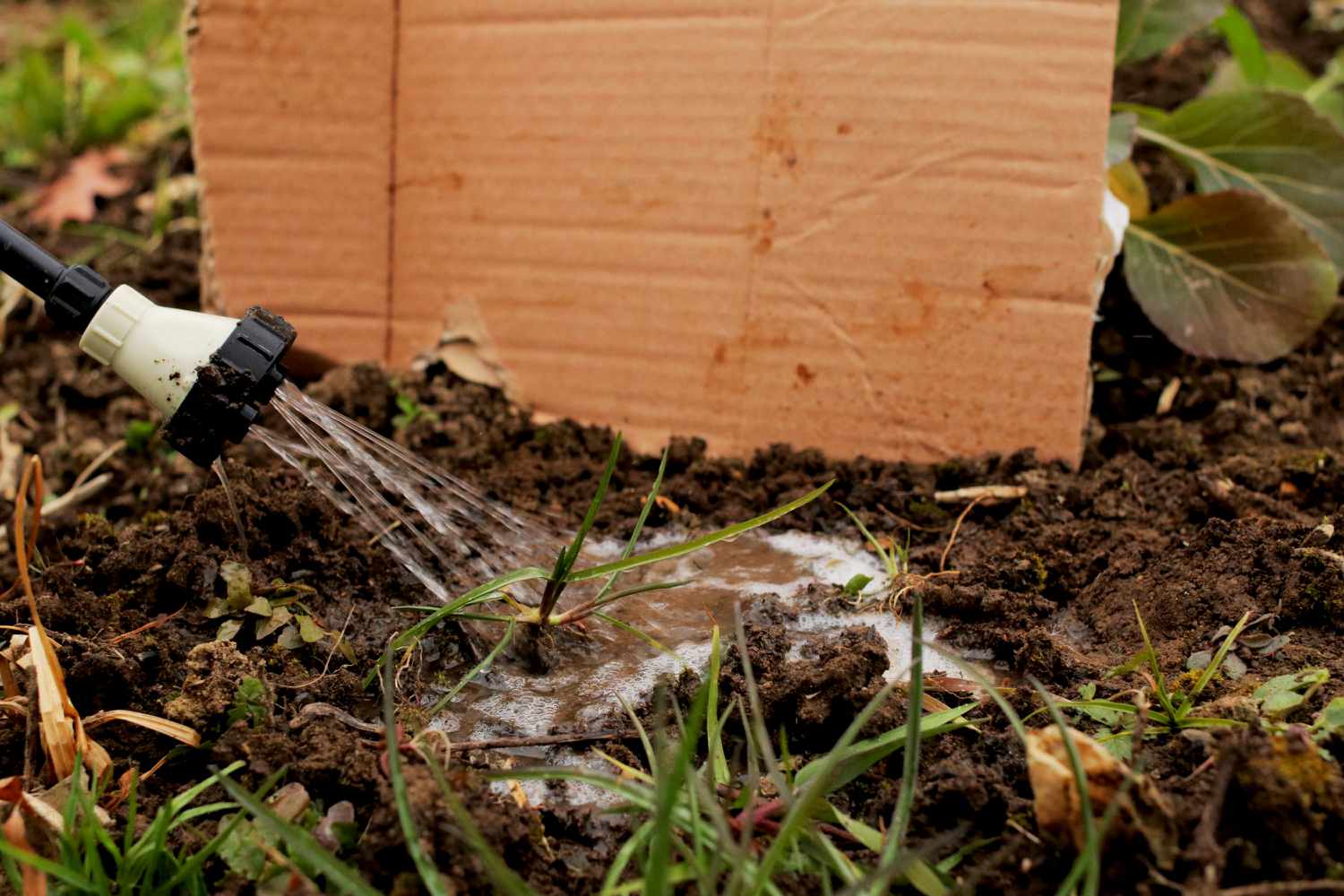
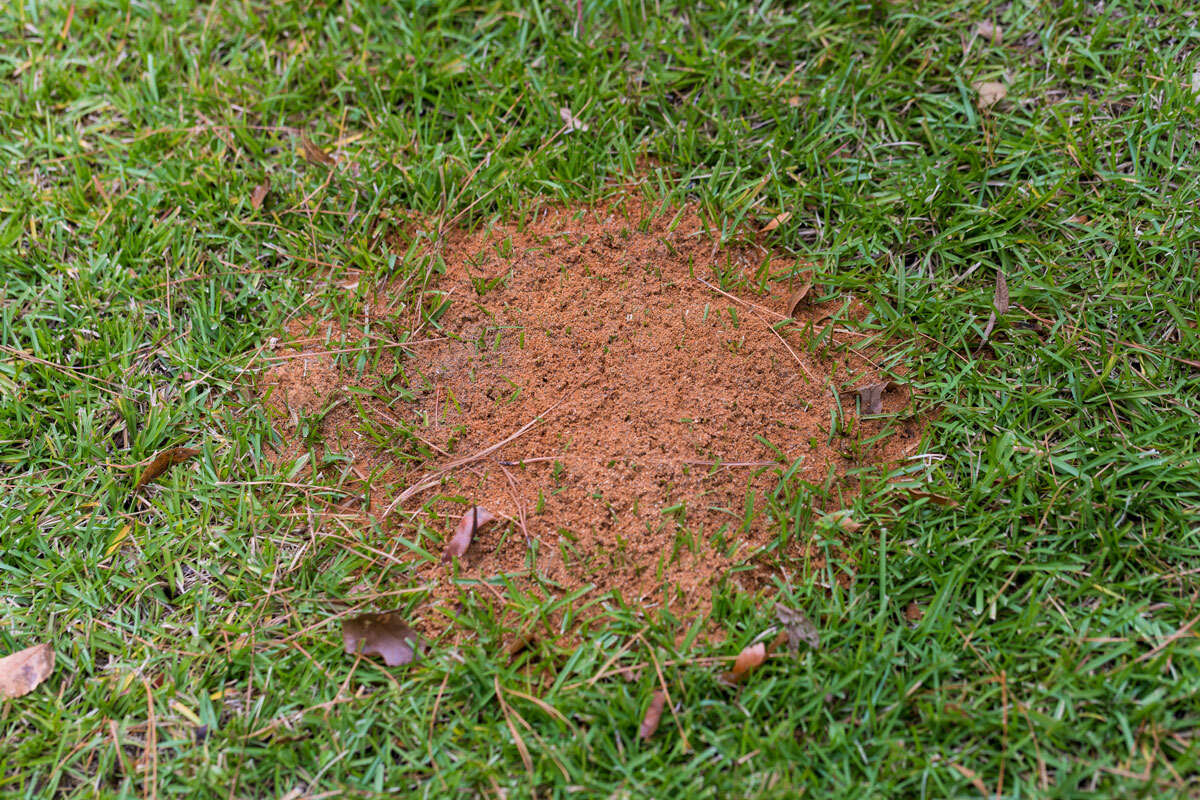

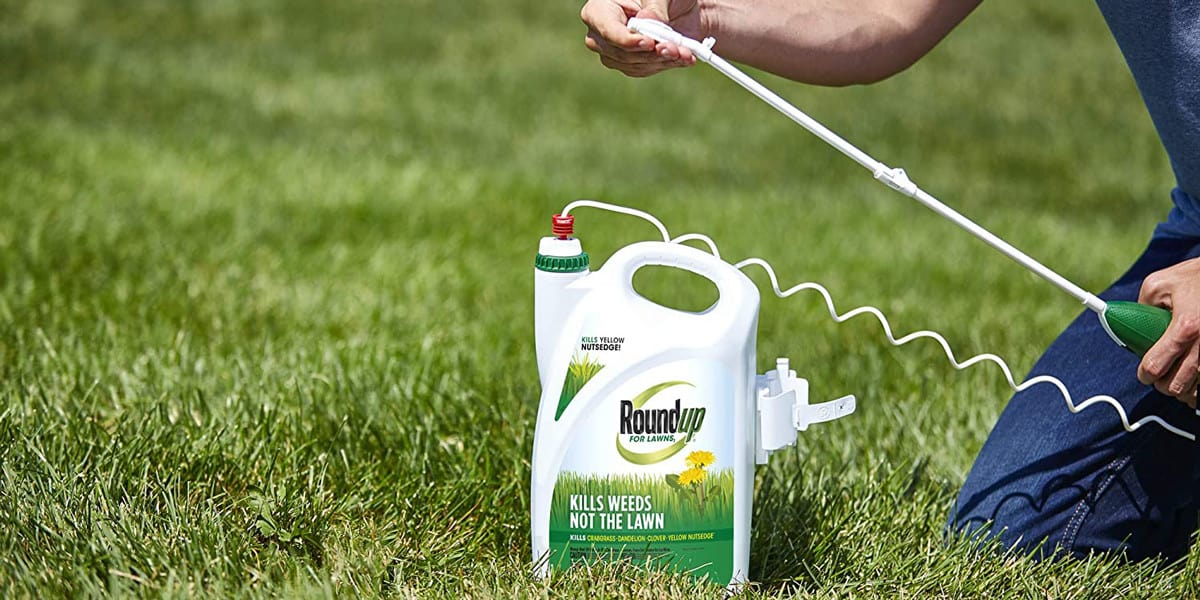
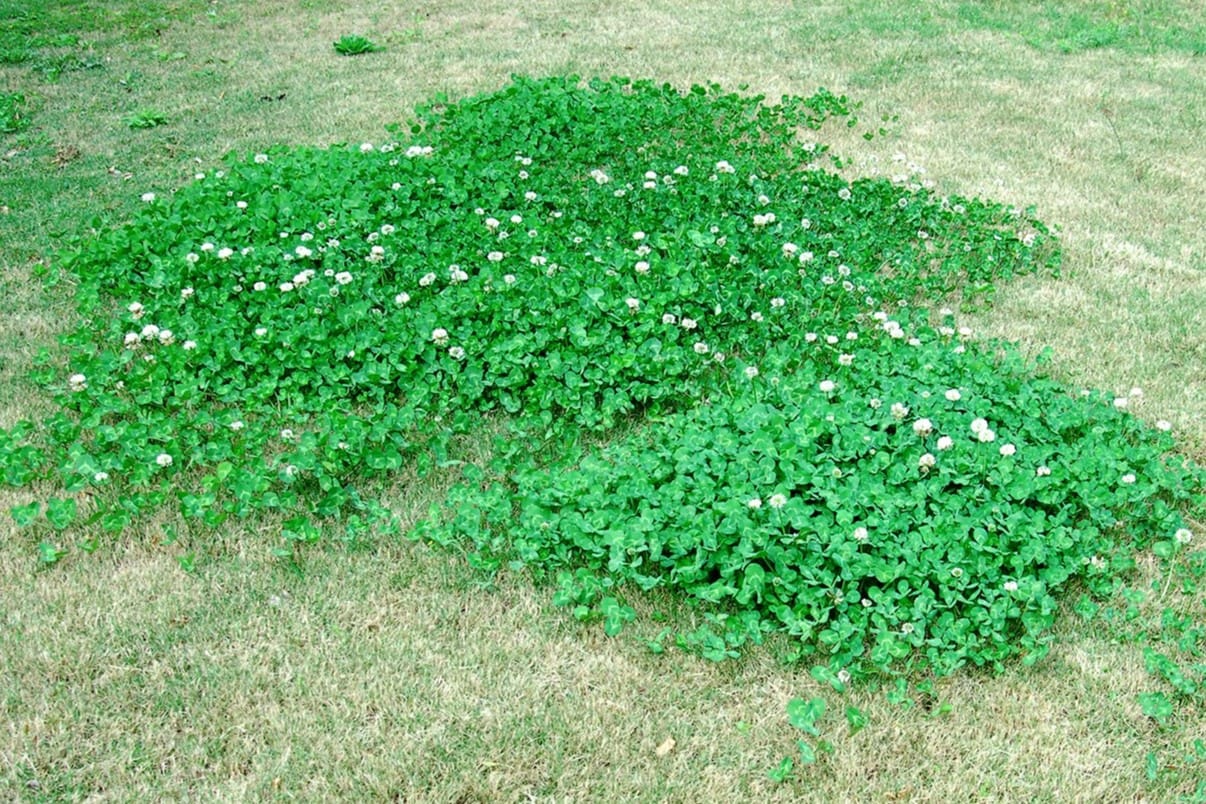

0 thoughts on “What Kills Johnson Grass”